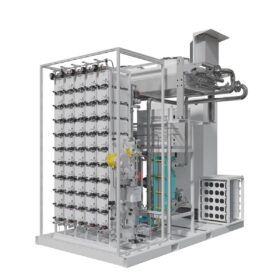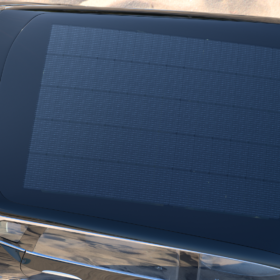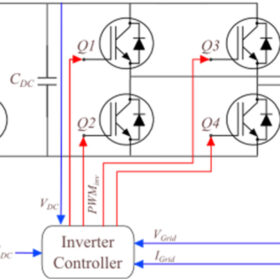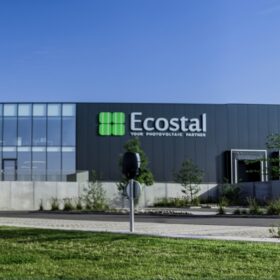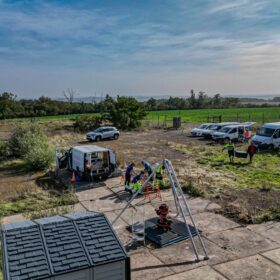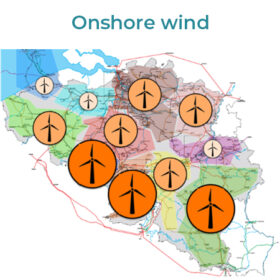The Hydrogen Stream: Enapter secures 3 MW electrolyzer order
Enapter has secured four new orders for its AEM Nexus 1000 megawatt-class electrolyzer, while Fraunhofer IWU says it has started working on electron beam welding technology to overcome the speed limitations of laser beam scanner welding.
AGC Automotive Europe unveils photovoltaic panoramic sunroof for passenger vehicles
The Belgian automotive company said system can integrate either TOPCon, HJT, or xBC solar cells. The VIPV unit features a glass-glass construction and it does not need a roller blind system.
Belgium’s 2023 solar capacity additions hit 1.8 GW
Belgium’s cumulative installed PV capacity surpassed 10 GW at the end of December 2023.
The impact of climate-based PV panel degradation rates on inverters
New research from Belgium shows the importance of assessing inverter reliability by including climate-based PV panel degradation rates. The scientists found that, especially in hot and arid climates, PV inverters should be designed with parameters above the standard value.
Belgian region of Flanders on track for 1 GW of new solar in 2023
ODE Vlaanderen, a renewable energy association in Belgium, says the Flanders region likely added more than 1 GW of solar capacity in 2023. While the residential market will probably have less orders in early 2024, the organization says it expects strong growth in the large-scale market.
Utility scale solar farms contribute to bird diversity
New research has shown that solar parks can play a positive role in promoting bird diversity in the agricultural landscape of Central Europe. The scientists said solar farms offer food availability and nesting sites.
Ecostal acquires Project Zero
Belgian PV product distributor Ecostal has acquired Project Zero, a business-to-business specialist in Flanders, Belgium. It did not disclose the financial terms of the deal.
White hydrogen project sparks interest in France
Philippe de Donato and Jacques Pironon, researchers at a French laboratory, are actively searching for white hydrogen in collaboration with gas company Française De l’Énergie. Pironon told pv magazine that they plan to continue exploration next year to confirm their thesis that deeper digging yields more hydrogen.
Belgian grid operator publishes grid capacity map
Belgian network operator Elia says its new grid map shows available capacity, in addition to existing and already reserved capacity. The map, which considers growth in residential load and generation, shows that there might still be enough free capacity for 3.3 GW of solar and 2.8 GW of storage.
New research finds Netflix users may consider solar leasing an attractive solution
A group of researchers in Belgium studied the effect of circular business models on residential solar adoption and found a link between Netflix users and consumers open to certain business models.
